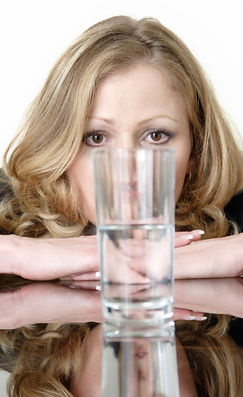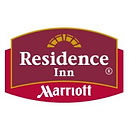
B & C
Water Solutions
800-798-7775

Water as it should be...
...Safe, Clean & Healthy
We service the whole State of Florida!
Commercial and Residential
Tap Water is more than just Water!
The recommended level of chlorine for residential swimming pools is 2.0 ppm (parts per million). Most city and municipal tap water supplies have a chlorine, chloramine level average of 2.6 ppm to 3.6 ppm (parts per million) and can range to over 8.0 ppm (parts per million). That can be 3-4 times the level of chlorine recommended for residential swimming pools.
If chlorine and chloramines are toxic enough to kill bacteria and other infectious life forms when added to city tap water...doesn't it make sense to remove those chemicals before drinking and cooking with the tap water coming into your home?
Simply stated, chlorine is a pesticide, as defined by the U.S. EPA, whose sole purpose is to kill living organisms. When we consume water containing chlorine and or chloramines, it kills some part of us destroying cells and tissues in the body including probiotics and healthy bacteria in our digestive tract.
There is a lot of well-founded concern about chlorine. When chlorine is added to our water, it combines with other natural compounds to form Trihalomethanes (chlorine by-products), or THMs. These chlorine by-products trigger the production of free radicals in the body, causing cell damage and are highly carcinogenic.
“Although concentrations of these carcinogens (THMs) are low, it is precisely these low levels that Cancer scientists believe are responsible for the majority of human cancers in the United States.” The Environmental Defense Fund.
Don't be fooled that you can tell your tap water is safe by the way it looks, smells or tastes. Contaminants in tap-water are measured in “parts per million” or “parts per billions.” In other words, just a drop of these contaminants can be very harmful.
Chlorine is used not because it is safe, but because it is cheap. Adding chlorine and chloramines to water supplies is a “necessary evil” as it prevents the widespread outbreaks of water borne diseases like Dysentery, Cholera, Typhoid and other Third World diseases.
Chlorine bleach is used to satisfy certain priorities, whereby saving money is a much higher priority than long-term public health. When the usage of chlorine started in the early 1900’s, the long term effects on health were unknown. Now that there is evidence of the dangers of drinking chlorinated water, there is no longer any legitimate excuse to be drinking chlorinated water.
Unfortunately, if you and your family are drinking and cooking with unfiltered, chlorinated tap water, you may be increasing the odds you will develop cancer. That's because it is very likely the tap-water you and your family are drinking, in addition to the chlorine and/or chloramines, may be polluted with pesticides, herbicides, pharmaceuticals, and other harmful chemicals and contaminants.
The link between chlorine and bladder and rectal cancers has long been known, but only recently have researchers found a link between chlorine and chloramine disinfectants and breast cancer. Breast cancer affects one out of every eight American women. A recent study in Hartford Connecticut found that women with breast cancer have 50-60 percent higher levels of THM's (chlorine and chloramine by-products) in their breast tissue than cancer-free women.
B & C Water Solutions can install water treatment systems that are designed to remove and/or significantly reduce the chlorine, chloramines and dozens of other contaminants and chemicals from your tap water. Call us at 800-798-7775 and we will show you how your customers, employees and family can enjoy Safe, Clean & Healthy water.

Chlorine bleach in the form of chlorine dioxide and when combined with ammonia (chloramines) is added to practically all U.S. public water supplies as a disinfectant. The levels of chlorine or chloramines range from an equal to an exceeding level of chlorine that is recommended for residential swimming pools.
Would you or would you let your family drink water from a swimming pool? Of course not! Why? Because there is too much chlorine in a swimming pool! There is as much or more chlorine and/or chloramines in your tap water.








Copyright @ 2017, B & C Water Solutions All rights reserved